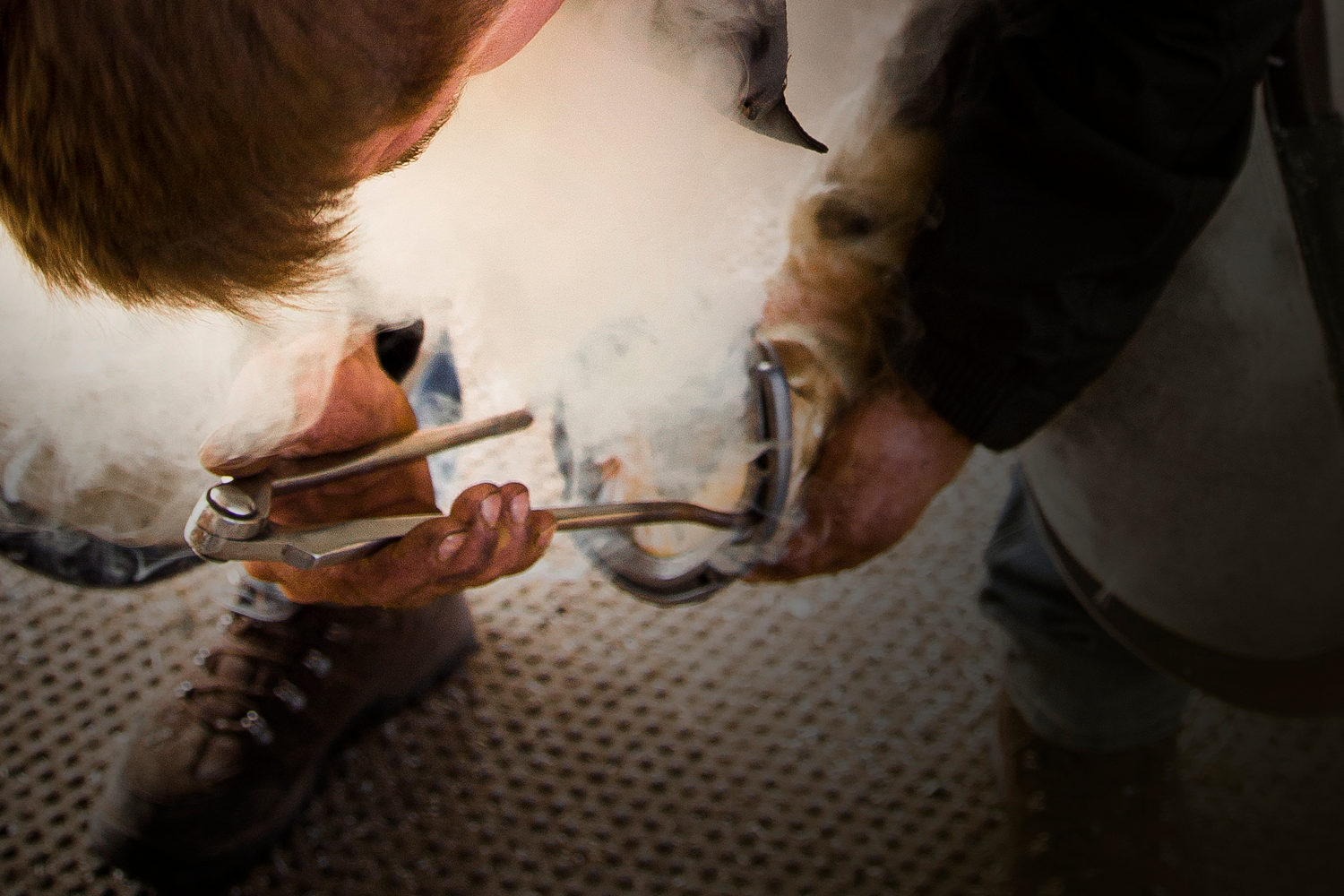
Kate Hore RNutr (Animal). Registered Nutritionist, NAF

Biotin is naturally produced by microbial synthesis in the horse’s hindgut, and levels produced are sufficient for general health. However where poor hoof growth, and poor hoof quality are observed then research has long proven the benefit of supplementing with biotin1. In fact, it is thought that biotin may be better absorbed by the horse when supplemented in the diet compared to natural production in the hindgut. This is because the hindgut is not particularly good at uptake of nutrients, and it may be that metabolism higher up the digestive tract, in the small intestine, where vitamins are readily absorbed, may be the best route. Certainly research shows that even when natural levels are found in the blood, horses with compromised hooves benefit from receiving additional supplementary biotin.
Trials suggest that the benefit comes from the action of biotin increasing synthesis of cytokeratins2 – proteins found in epithelial tissue, such as hooves and skin, which help the cells resist mechanical stress.

One thing that is sure is that Keratin is a sulphur rich protein, as seen by that distinct smell of hot-shoeing which is, effectively, burning sulphur compounds. Therefore biotin, as a natural bio-available form of sulphur has an important role to play in keratin and hoof structure.
However biotin is far from being the only dietary form of sulphur to be influential to hoof quality, and a single ingredient approach is not likely to be successful with a complex structure like a horse’s hoof. Any supplement fed should, at least, also contain the sulphur rich compounds MSM (Methyl sulphonyl methane) and the amino acid, methionine, a sulphur containing amino acid. Methionine is one of the ‘essential amino acids’, that is, those that must be present in the diet as the horse cannot produce them themselves. Once metabolised, methionine is used in multiple pathways, including production of the non-essential amino acid, cysteine. Two cysteine molecules join to form cystine, with a strong disulphide bond, that forms the essential sulphur bridges within keratin.

Once a client is using a sulphur rich hoof supplement they firstly need patience – of course, the supplement only benefits new growth, not existing hoof – and secondly, they need to commit to feeding it long-term.
Research shows that if you stop feeding biotin daily the hoof will return to it’s pre-supplement health state.
1. Josseck H et al (1995) Hoof horn abnormalities in Lipizzaner horses and the effect of dietary biotin on macroscopic aspects of hoof quality. Equine Veterinary Journal. 27. 175-182
2. Fritsche et al (1991) Pharmacological effects of biotin on epidermal cells. Schweizer Archiv Fur Thierheilkunde 133(6), 277-83
3. Geyer H & Schulze J (1994) The long term influence of biotin supplementation on hoof horn quality in horses. Schweizer Archiv Fur Thierheilkunde 136 (4) 137-149
NAF © 2024 | NAF is a trading name of Greencoat Limited, registered in England & Wales. Greencoat Ltd - Registered address: Weston Centre, 10 Grosvenor Street, London, W1K 4QY. Registered Number: 1560 108. Registered in England & Wales.Number: 1560108 VAT Registration Number: 378 9295 80